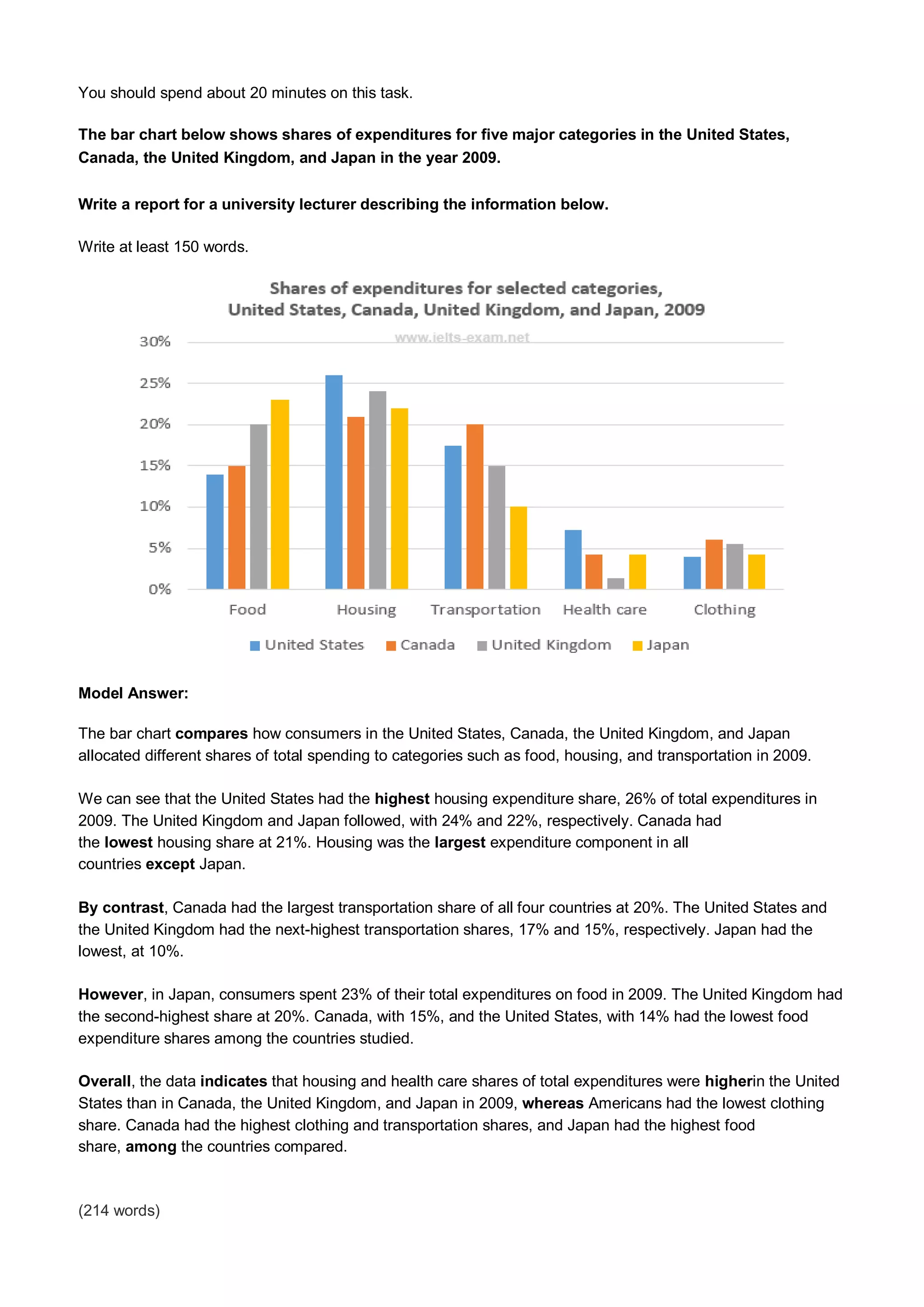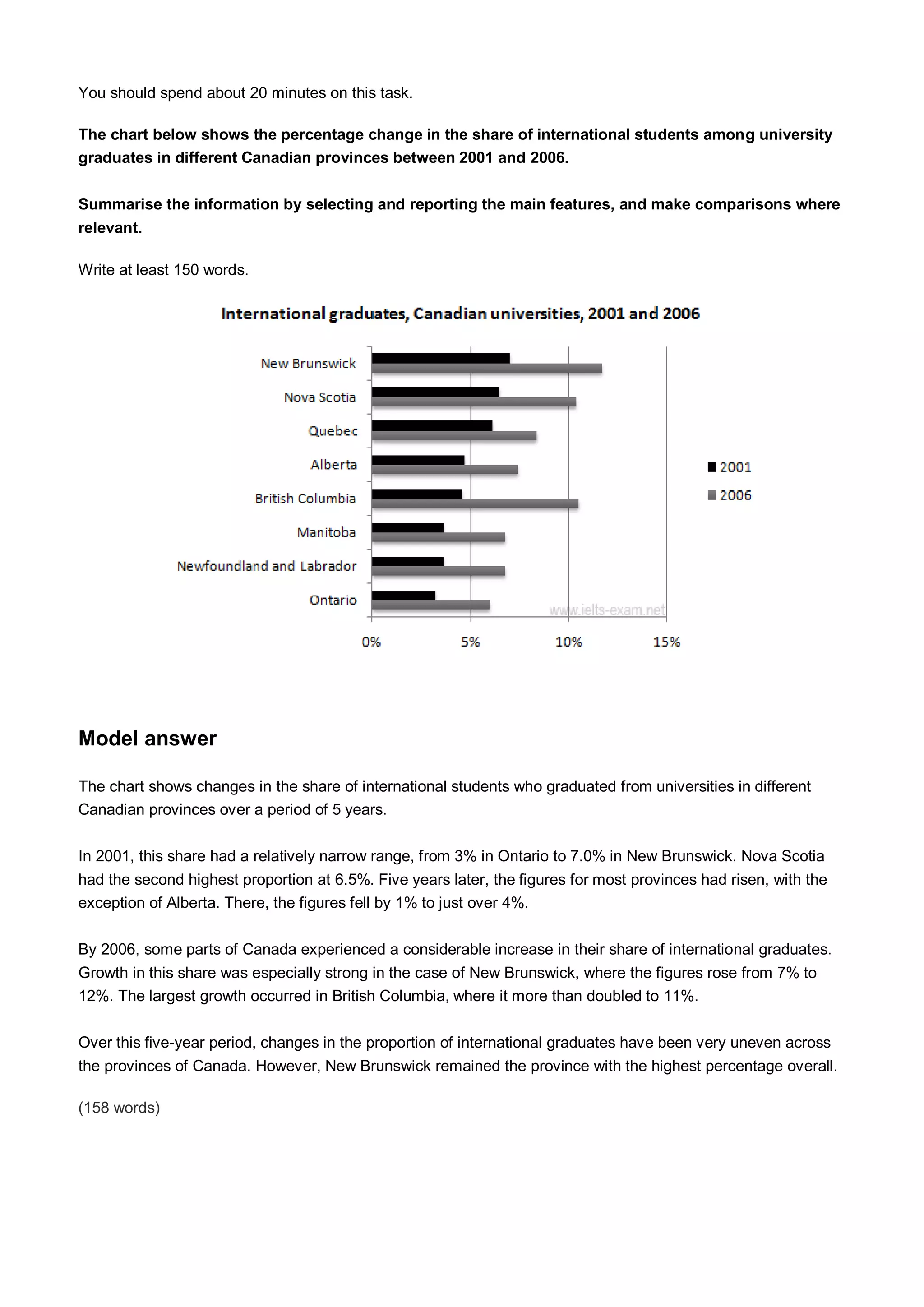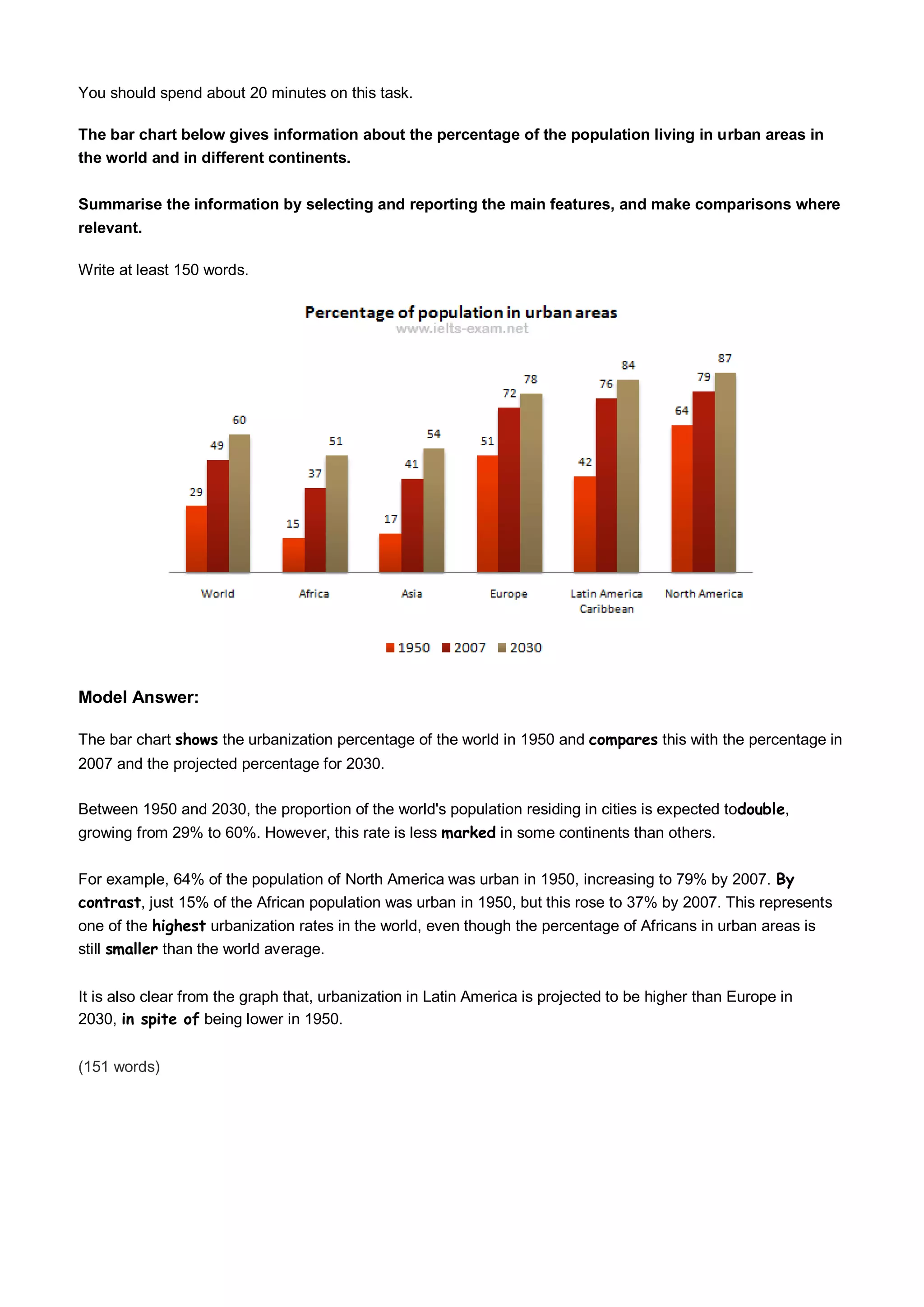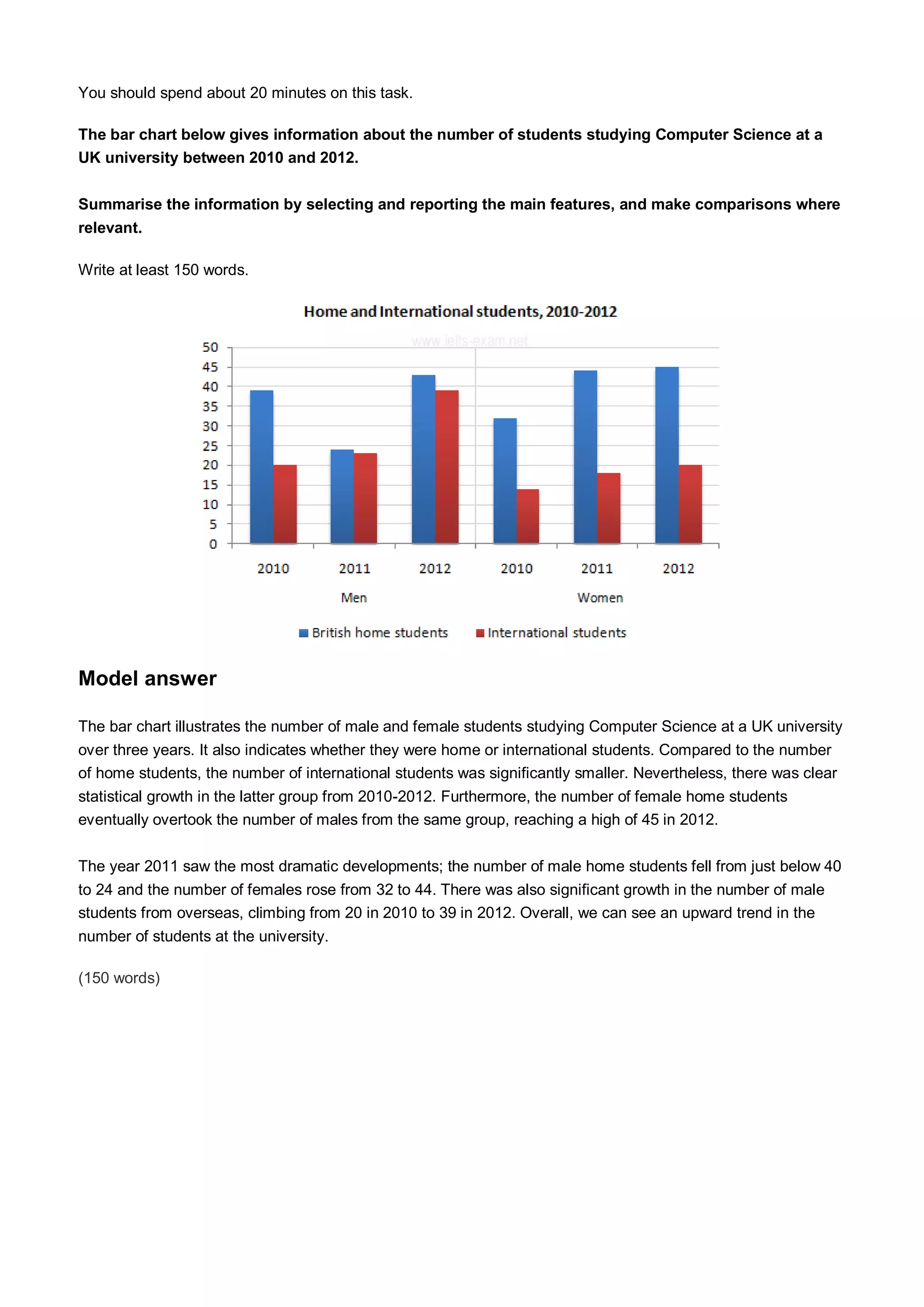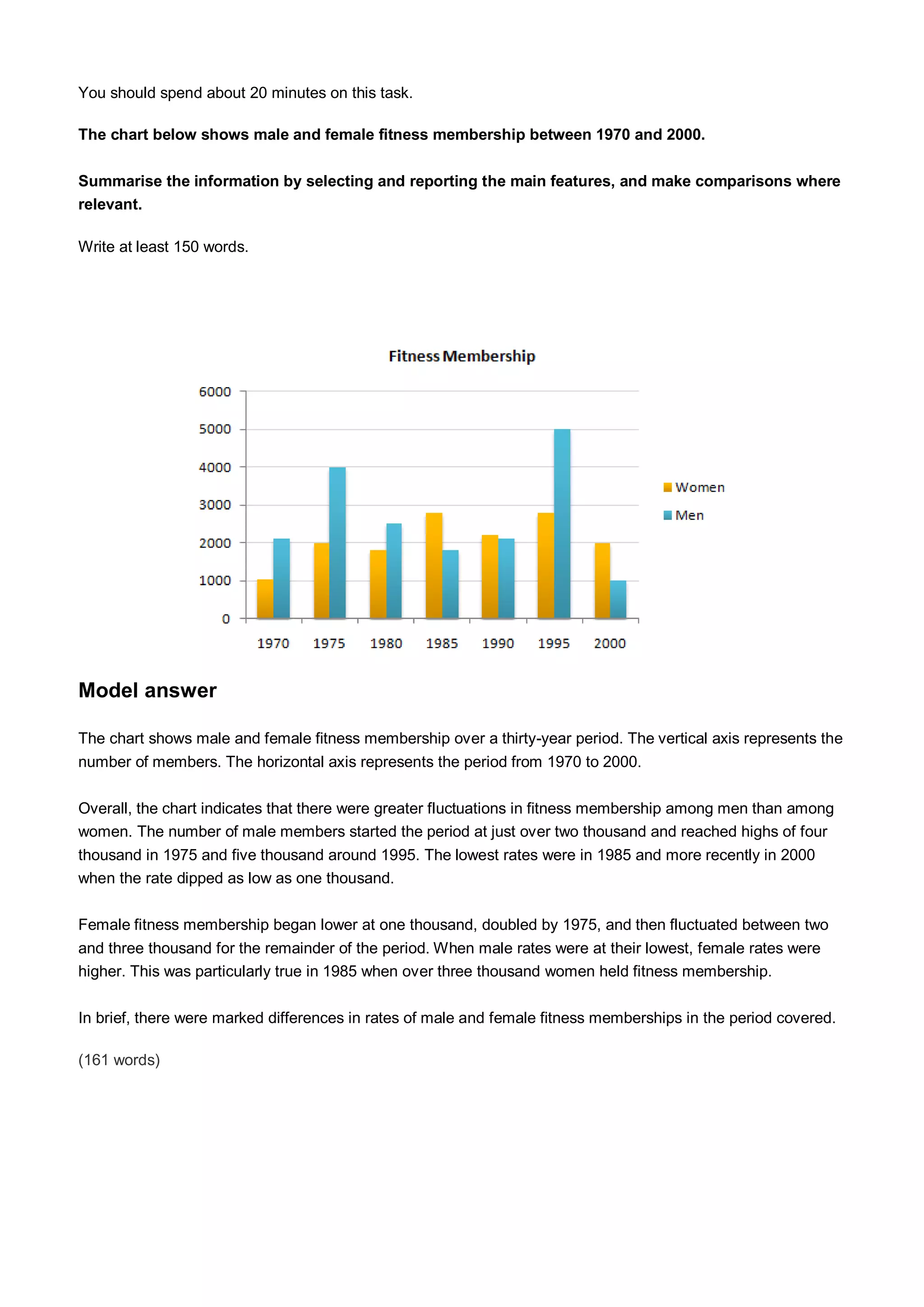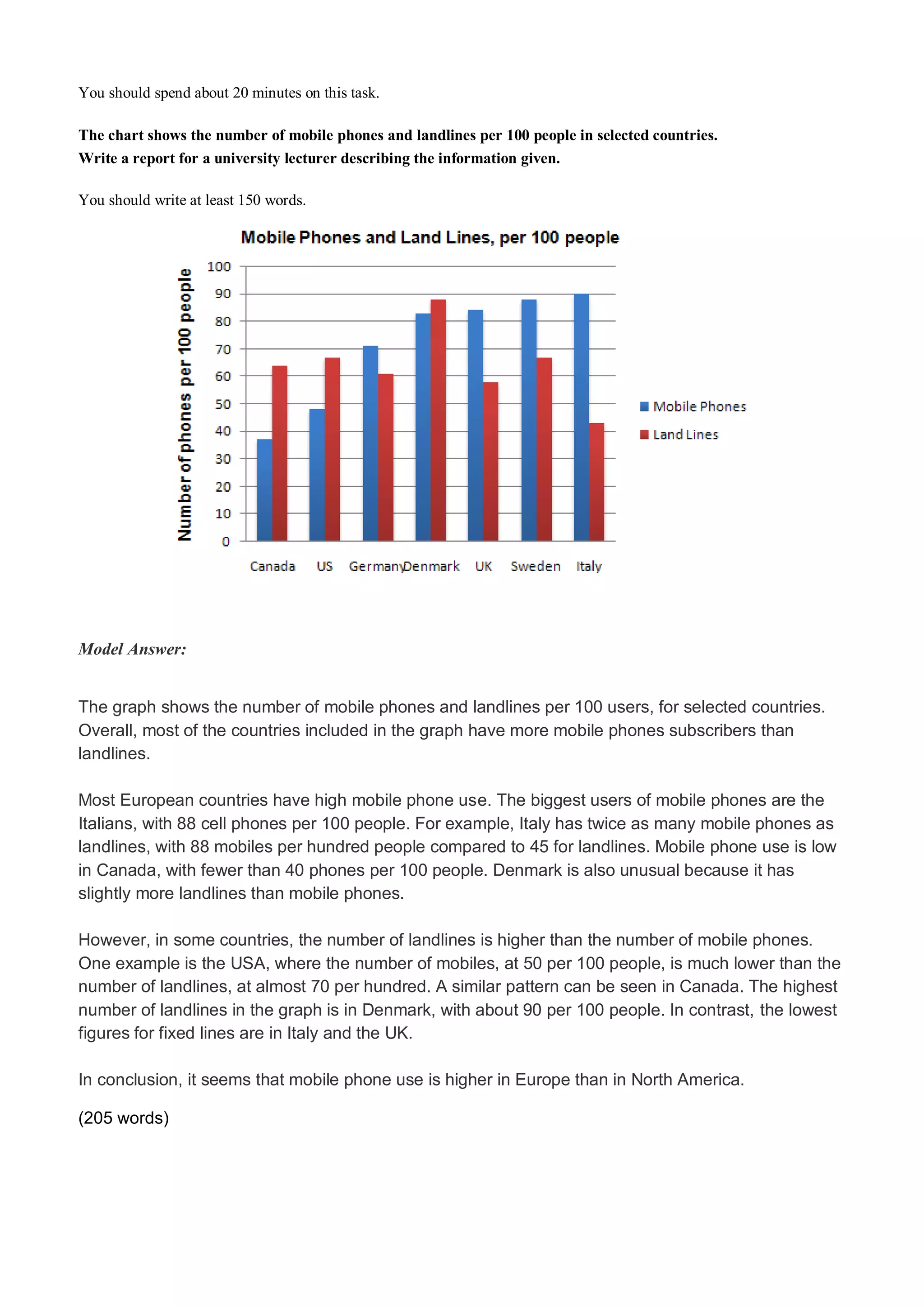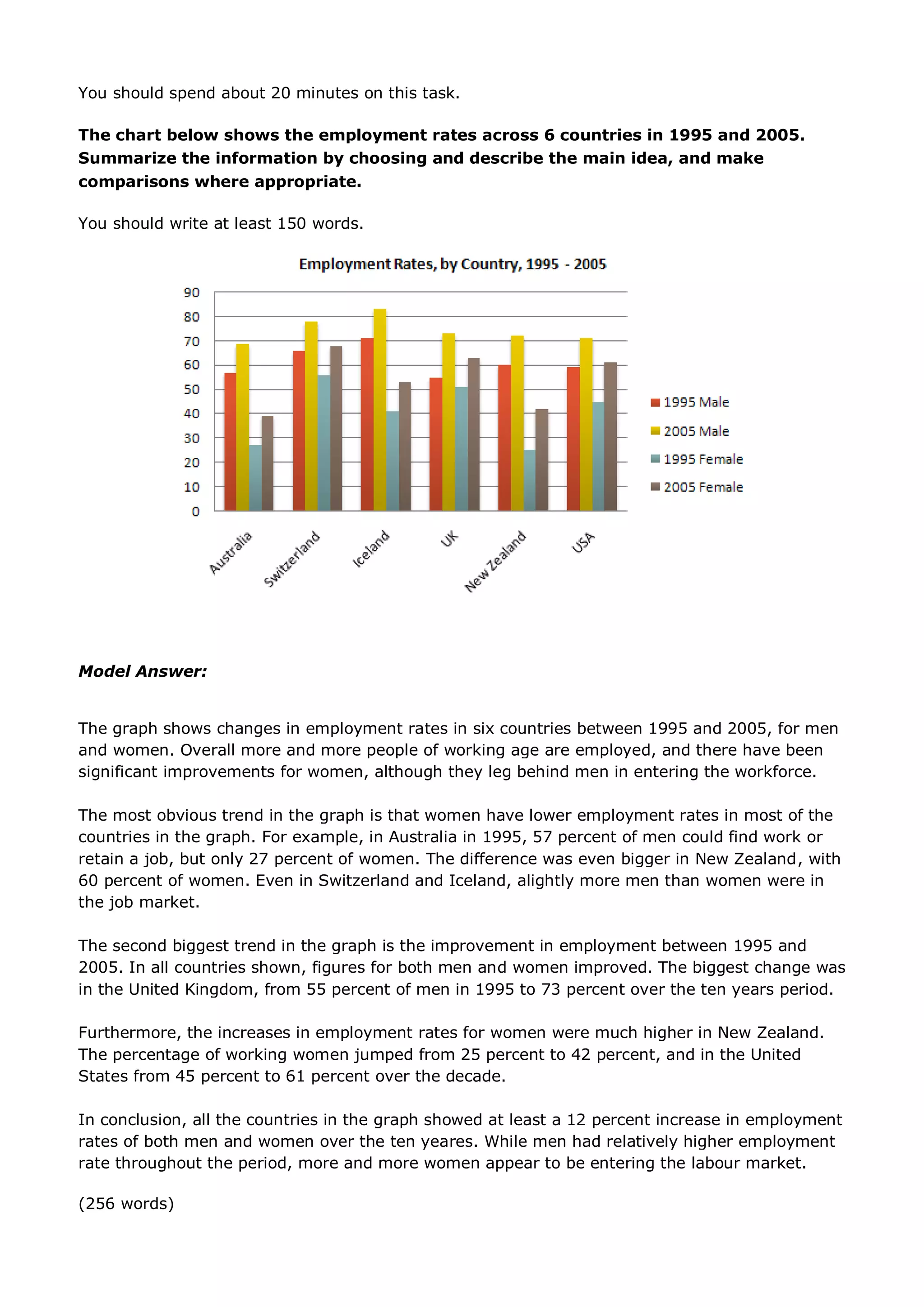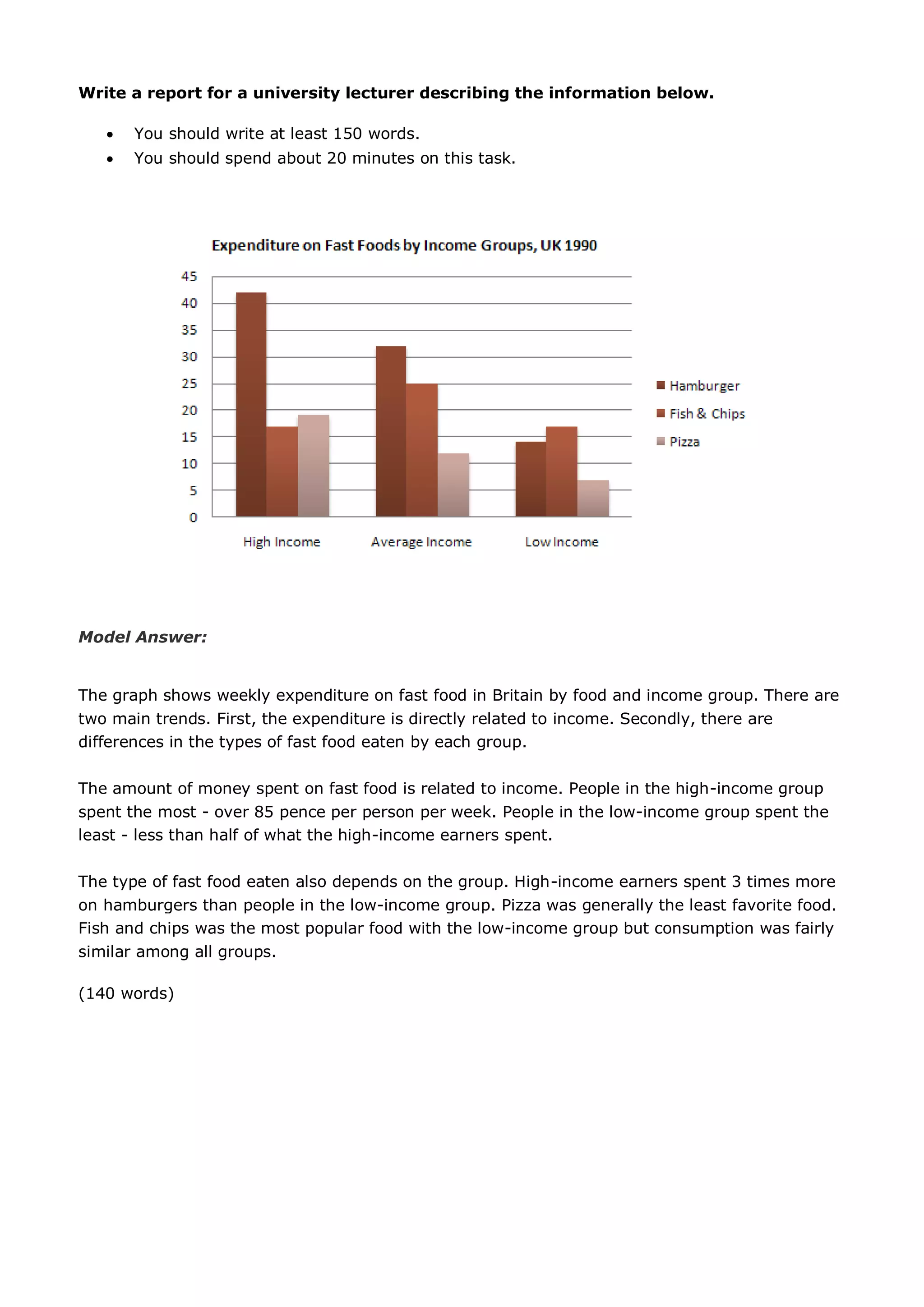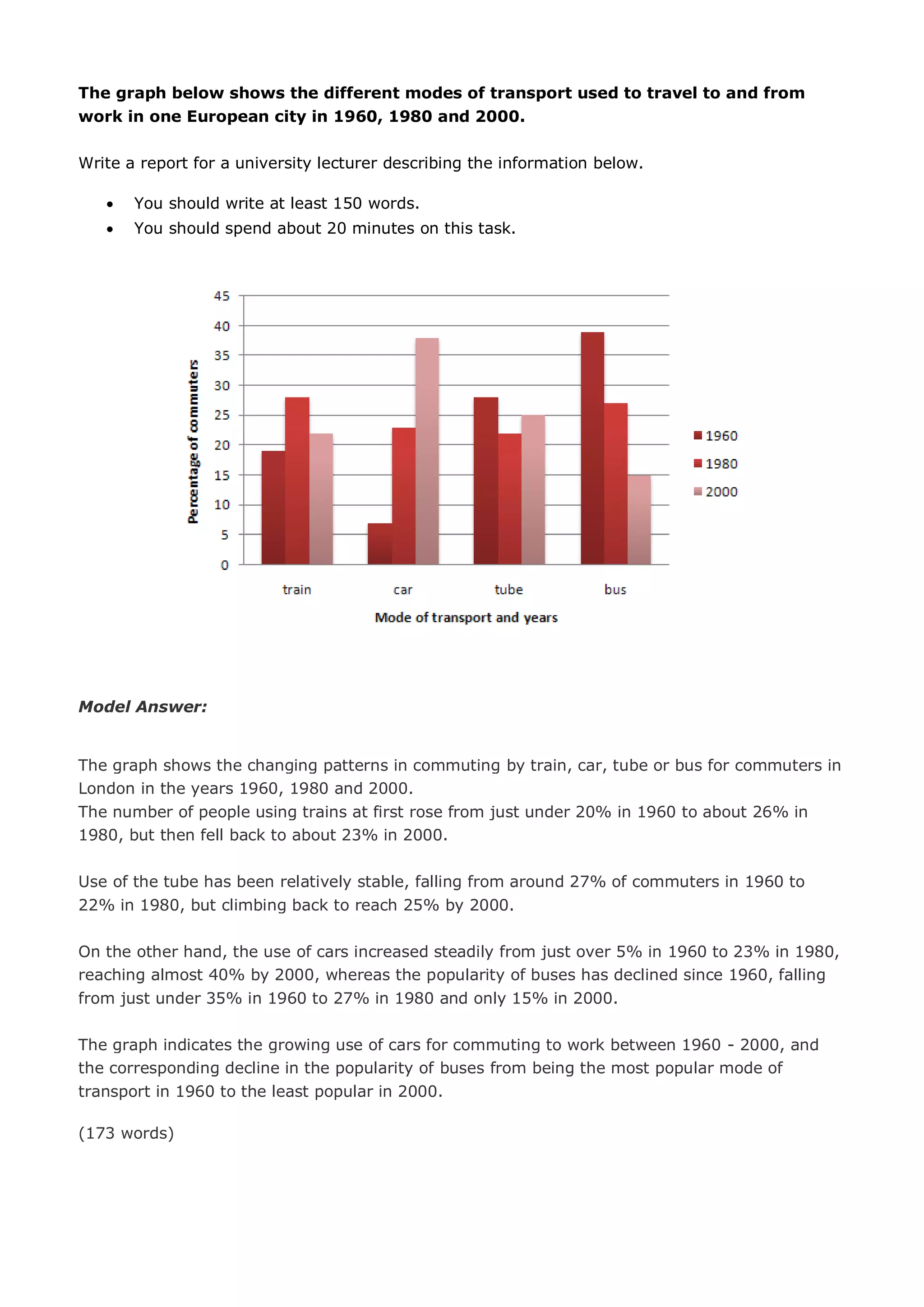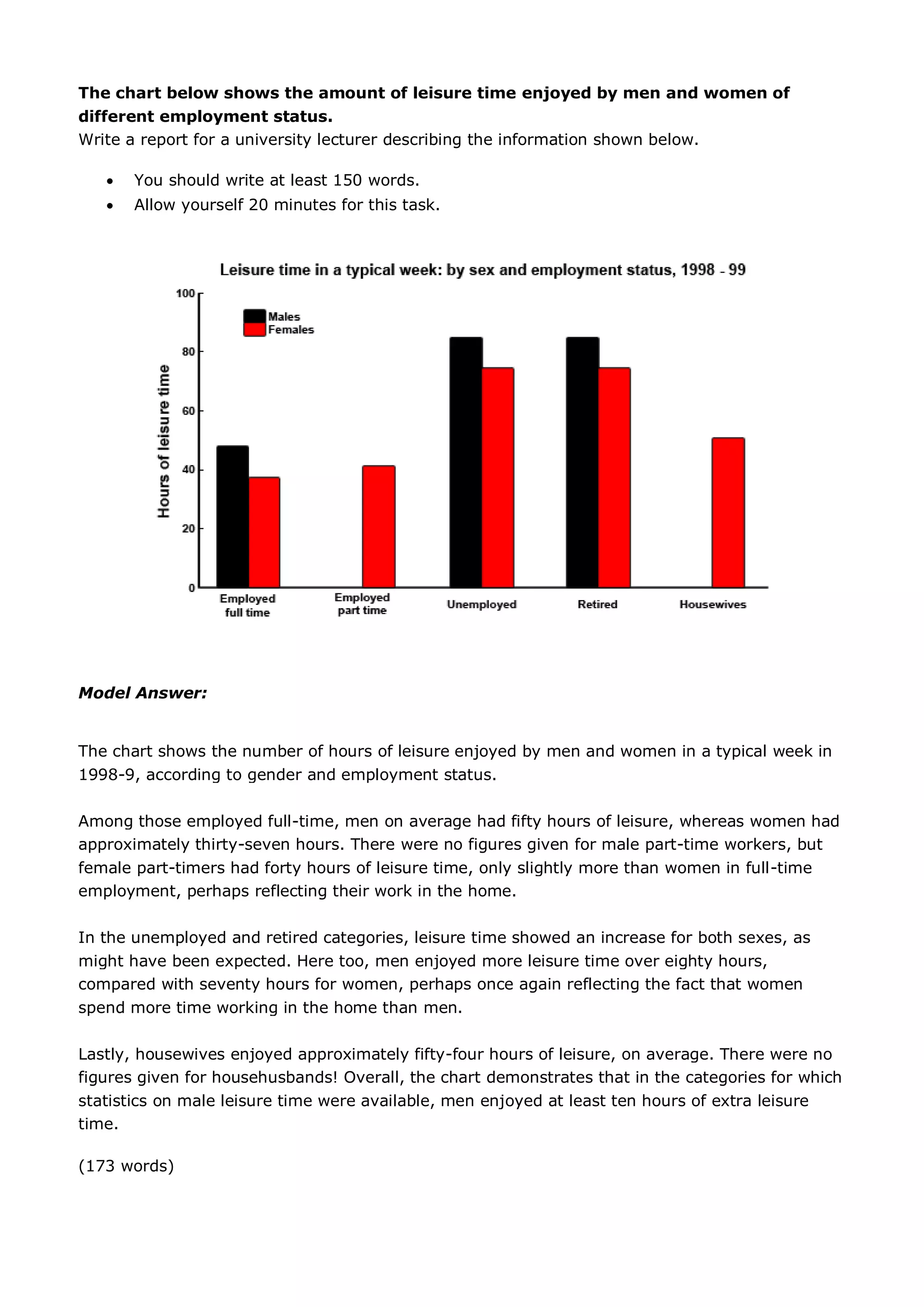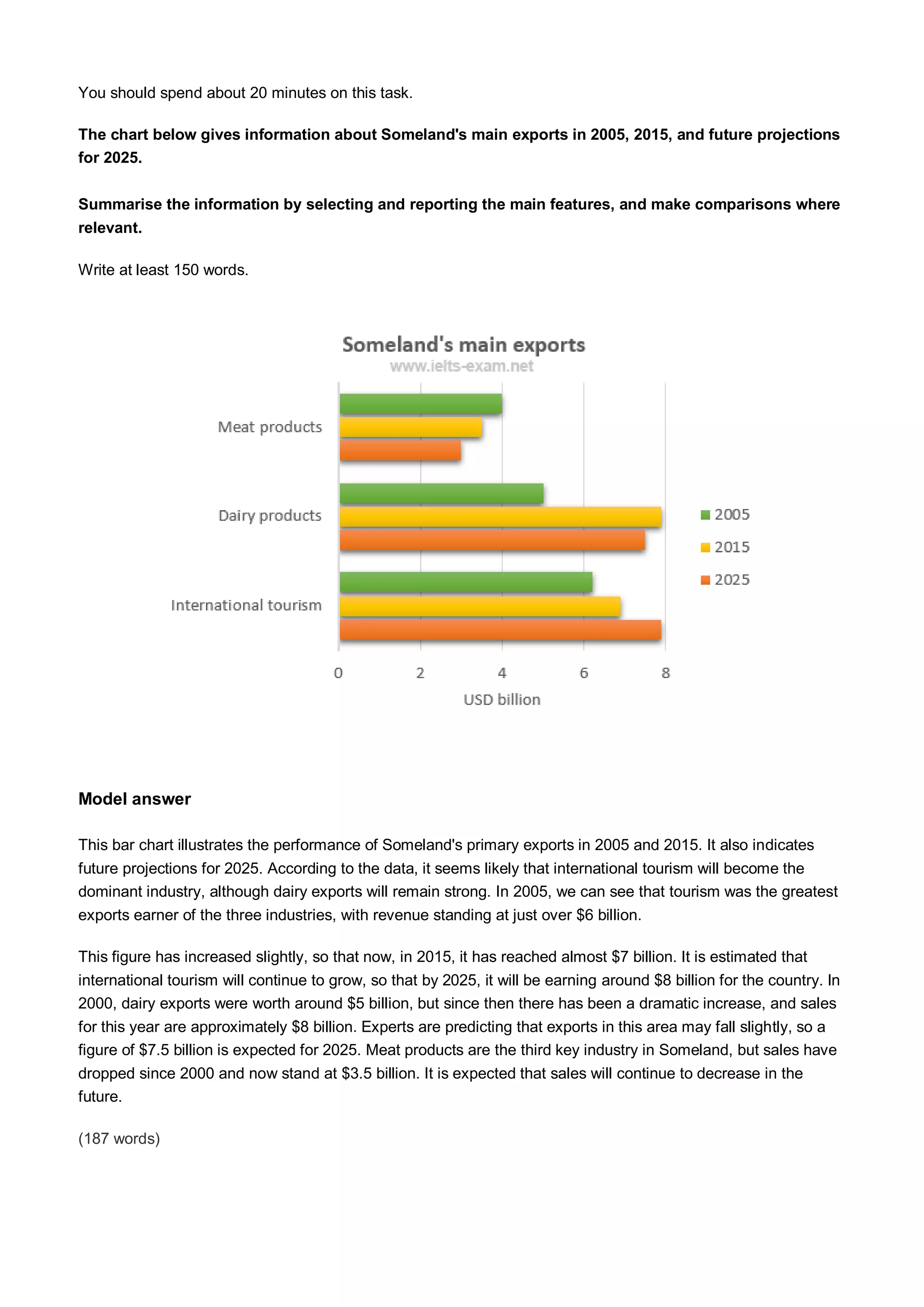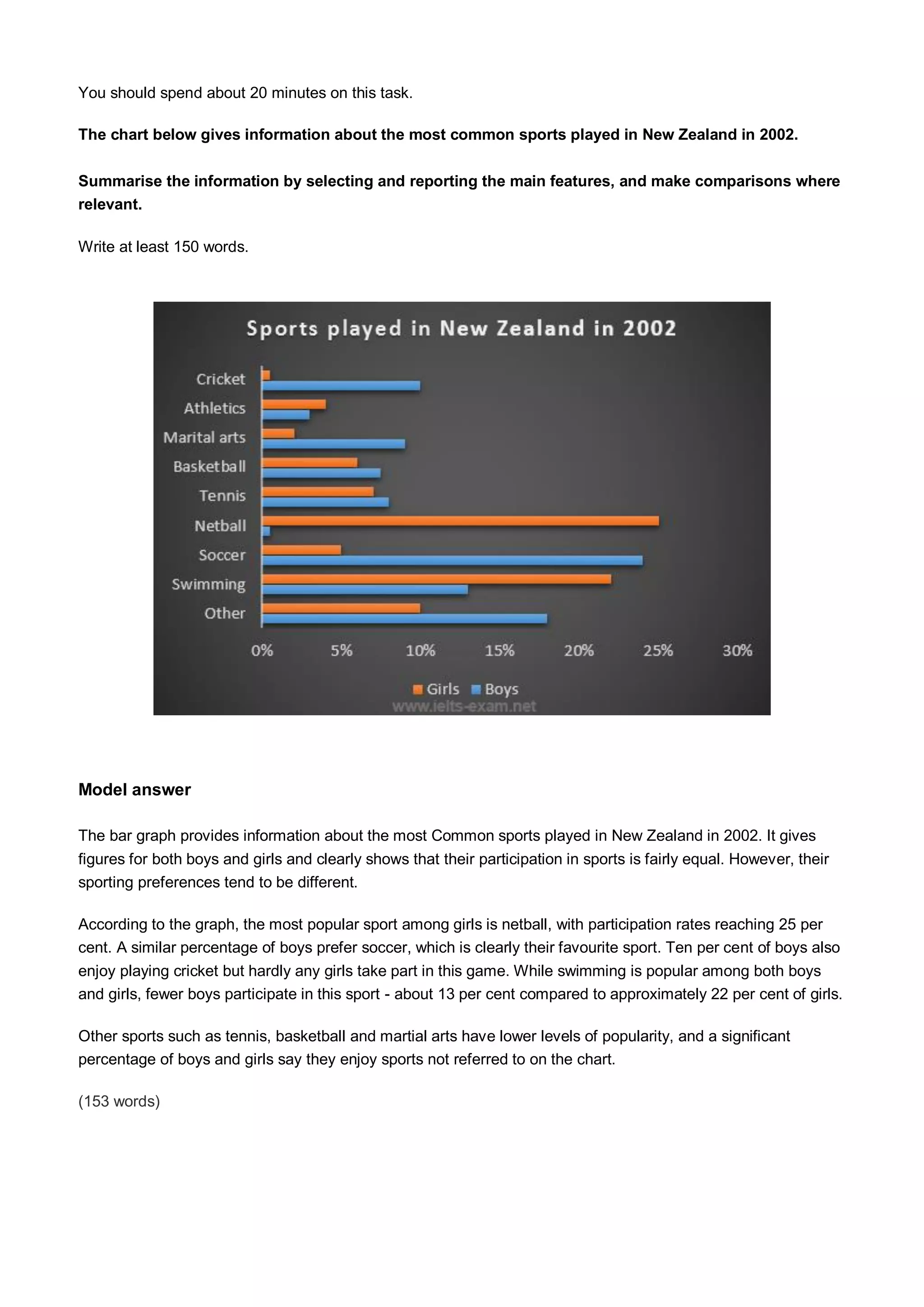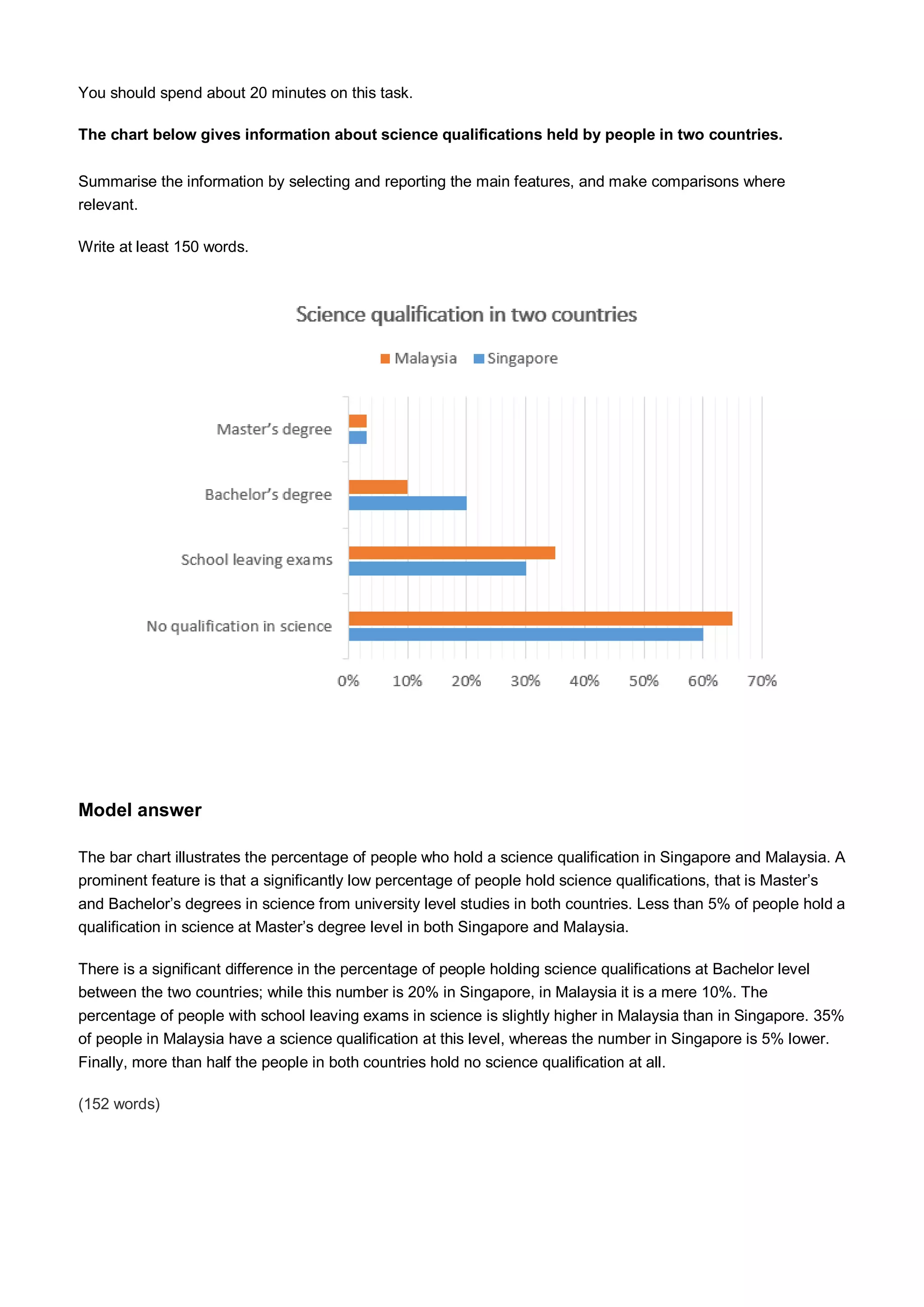The bar chart shows the percentage of the population aged 65 and over in the US from 1900 to 2000. It increased from just over 4% in 1900 to 12.4% in 2000. The number of people aged 75-84 remained steady from 1900 to 1930 but then increased sharply, tripling to 3% of the population by 1970. While the percentage aged 65-74 did not change from 1960 to 1970, the percentage aged 75 and over grew during this period.



